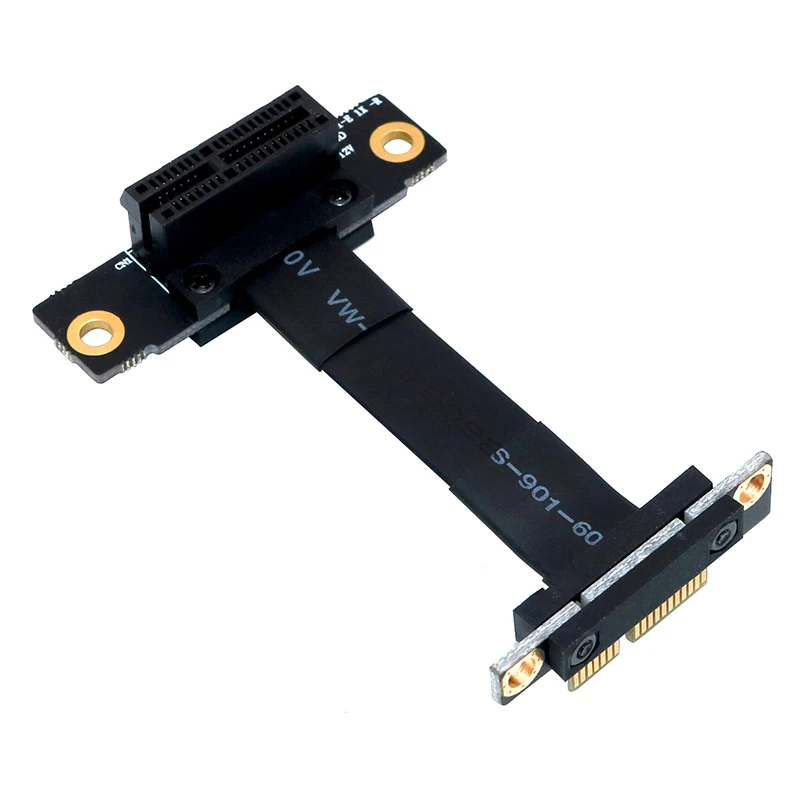Hi,
Motherboard Intel DH61SA doesn't have PCIE slot for GPU, so I bought an adapter from AliExpress (shorturl.at/duR24). Is it possible to connect GPU RX550 with this?
View: https://imgur.com/cMbFdAn
Motherboard Intel DH61SA doesn't have PCIE slot for GPU, so I bought an adapter from AliExpress (shorturl.at/duR24). Is it possible to connect GPU RX550 with this?
View: https://imgur.com/cMbFdAn





